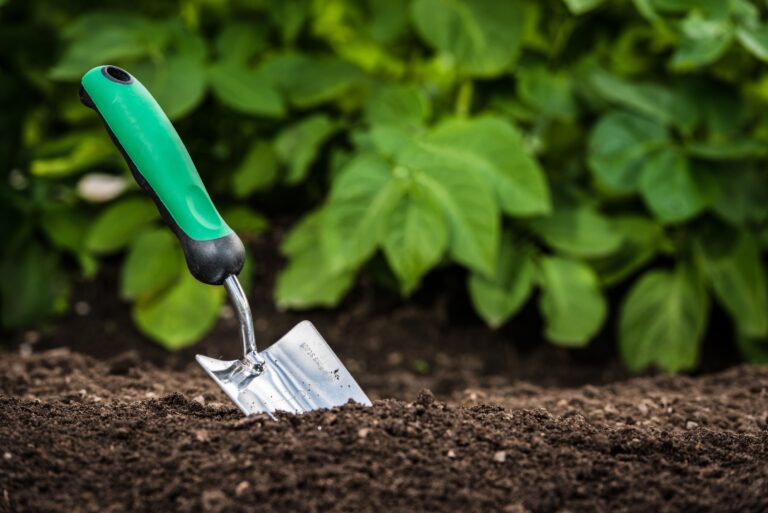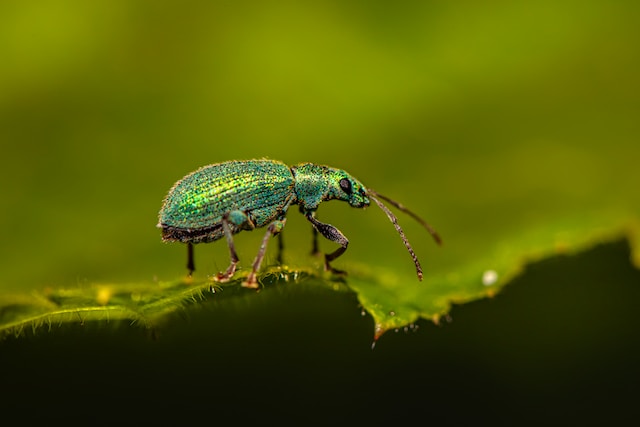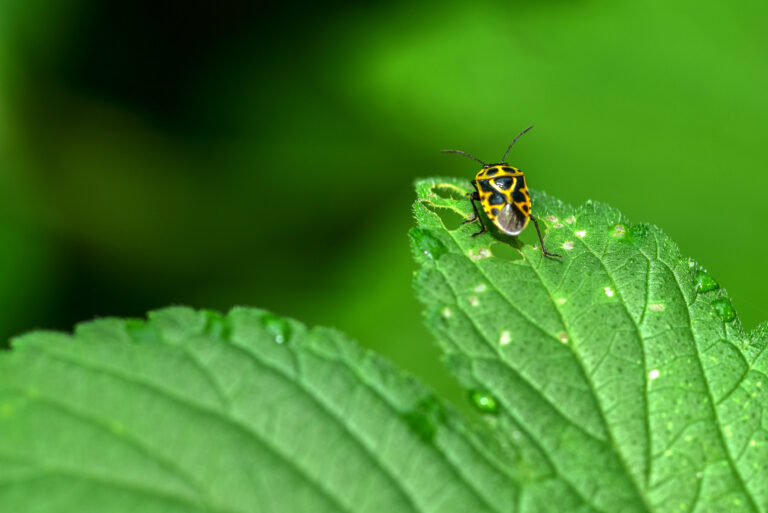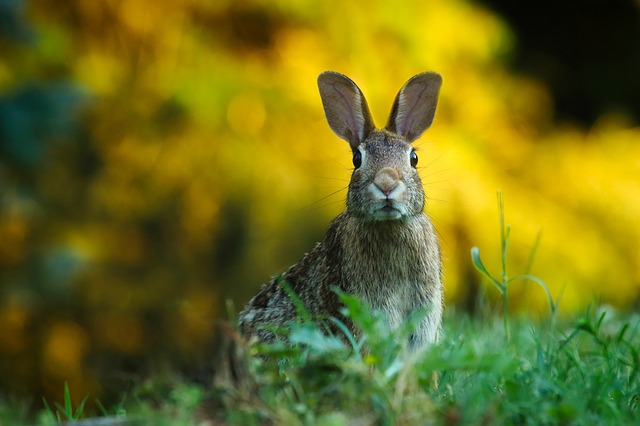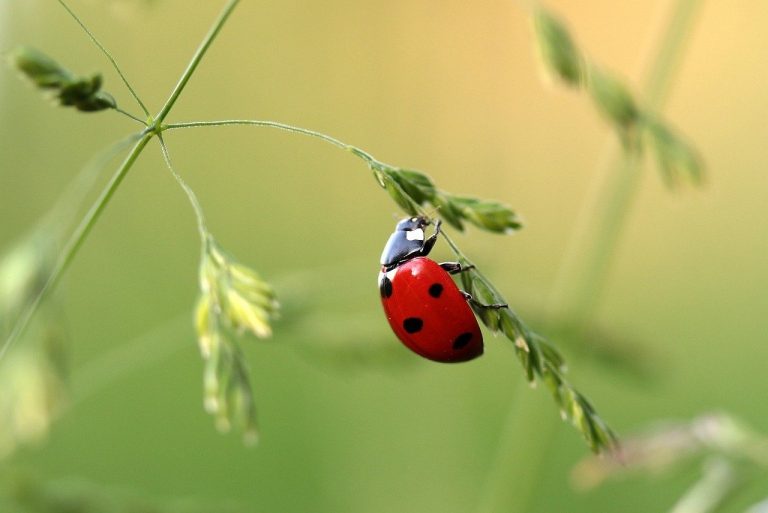Gardening is a beloved hobby for many, offering a sense of peace, accomplishment, and connection to nature. However, even the most well-intentioned gardener can fall prey to common mistakes that have the potential to turn this rewarding activity into a source of frustration. Understanding these pitfalls is crucial to maintaining a healthy, vibrant garden. This…
pests
Top 9 Common Plant Pests and How To Control Them
I have a friend who has a pest guy. She calls this guy every time that she finds a bug. Naturally, he’s very helpful. However, hiring a pest control agency can be quite pricy. Therefore, it would be helpful for her to identify the most common plant pests and how to control them. In fact,…
How To Battle Garden Pests Cheaply and Naturally
Garden pests can be the bane of a home gardener’s existence. You work so hard to get your plants to grow, then these bugs come along and destroy them. Are you looking for ways to battle garden pests cheaply and naturally? It’s definitely possible! It Doesn’t Have To Be a Battle Yes, we often talk…
How I Feel About the Hunting of Garden Pests
I’ve never had to deal with deer fussing about in my garden, but I have had plenty of squirrels, rabbits, raccoons, gophers, and cats use my raised beds as their very own buffet, walking path, and toilet. I’m speaking from my own limited experience here. But I’ve never felt comfortable with the idea of hunting…
Ladybugs Versus Asian Lady Beetles
Gardeners—especially those new to the hobby—may find it tough to distinguish between bad bugs and beneficial insects. It can take some time to get a hang of which bugs to leave alone and which to squish dead. Unfortunately, some good garden bugs have evil lookalikes. Case in point: ladybugs versus Asian lady beetles. How…
